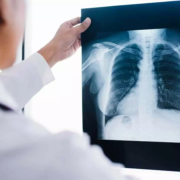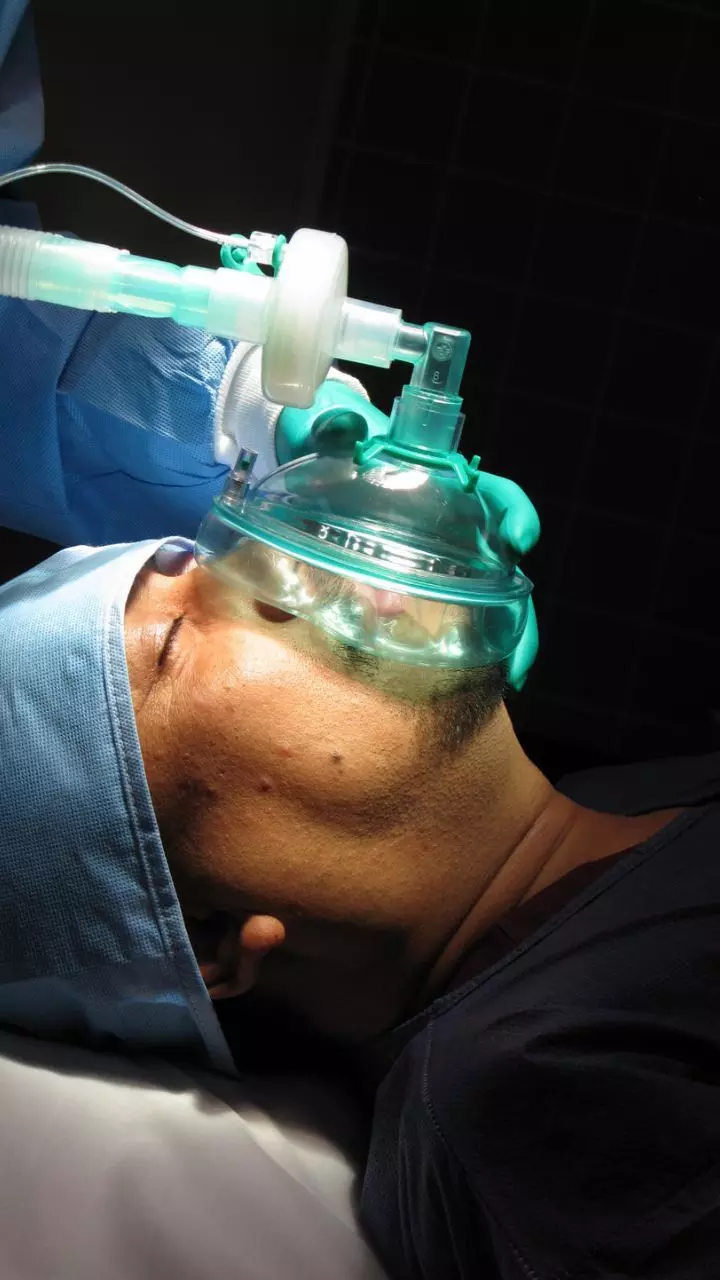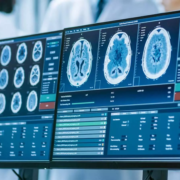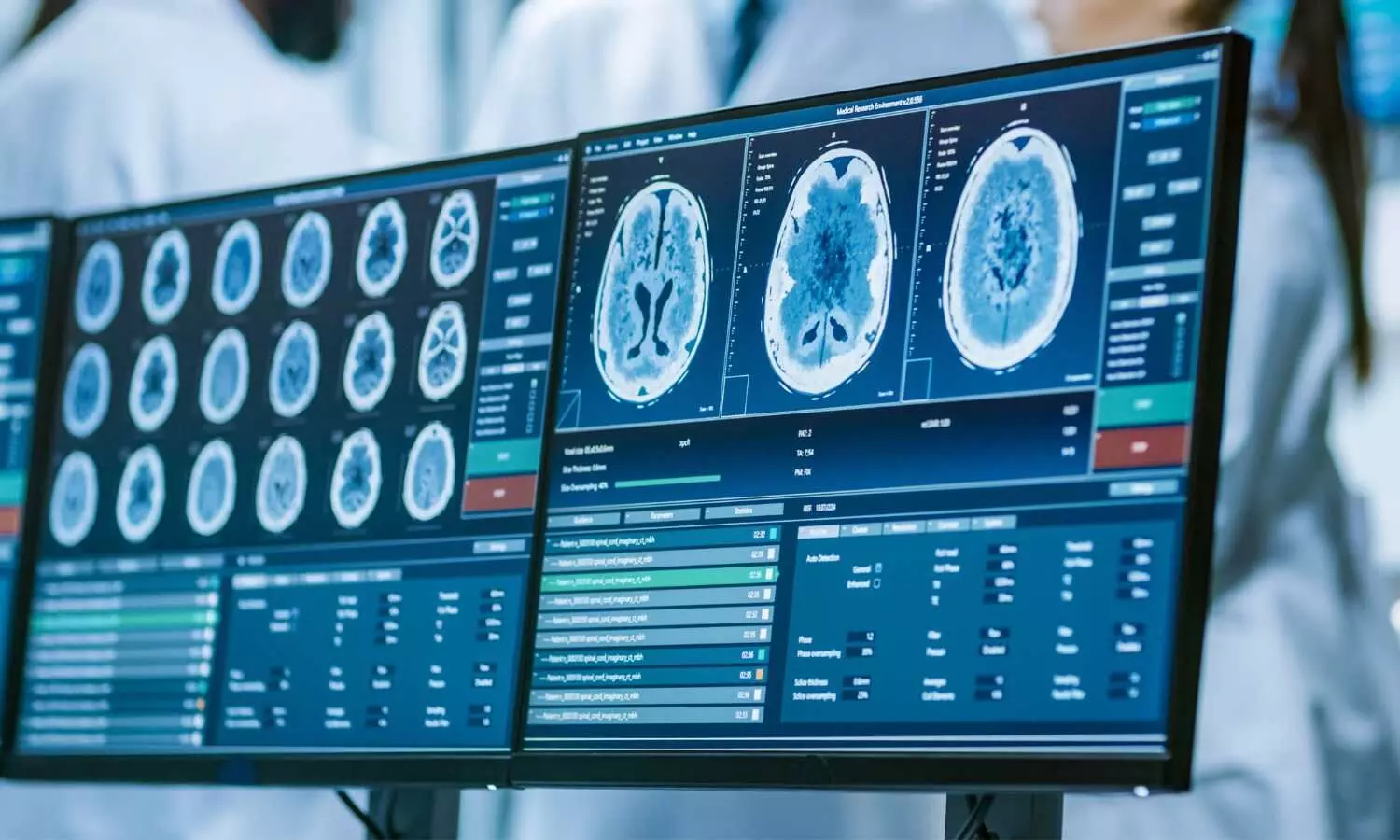Using Diaphragm Position on Chest Radiograph for Assessing Lung Volume in Infants not accurate and precise: JAMA
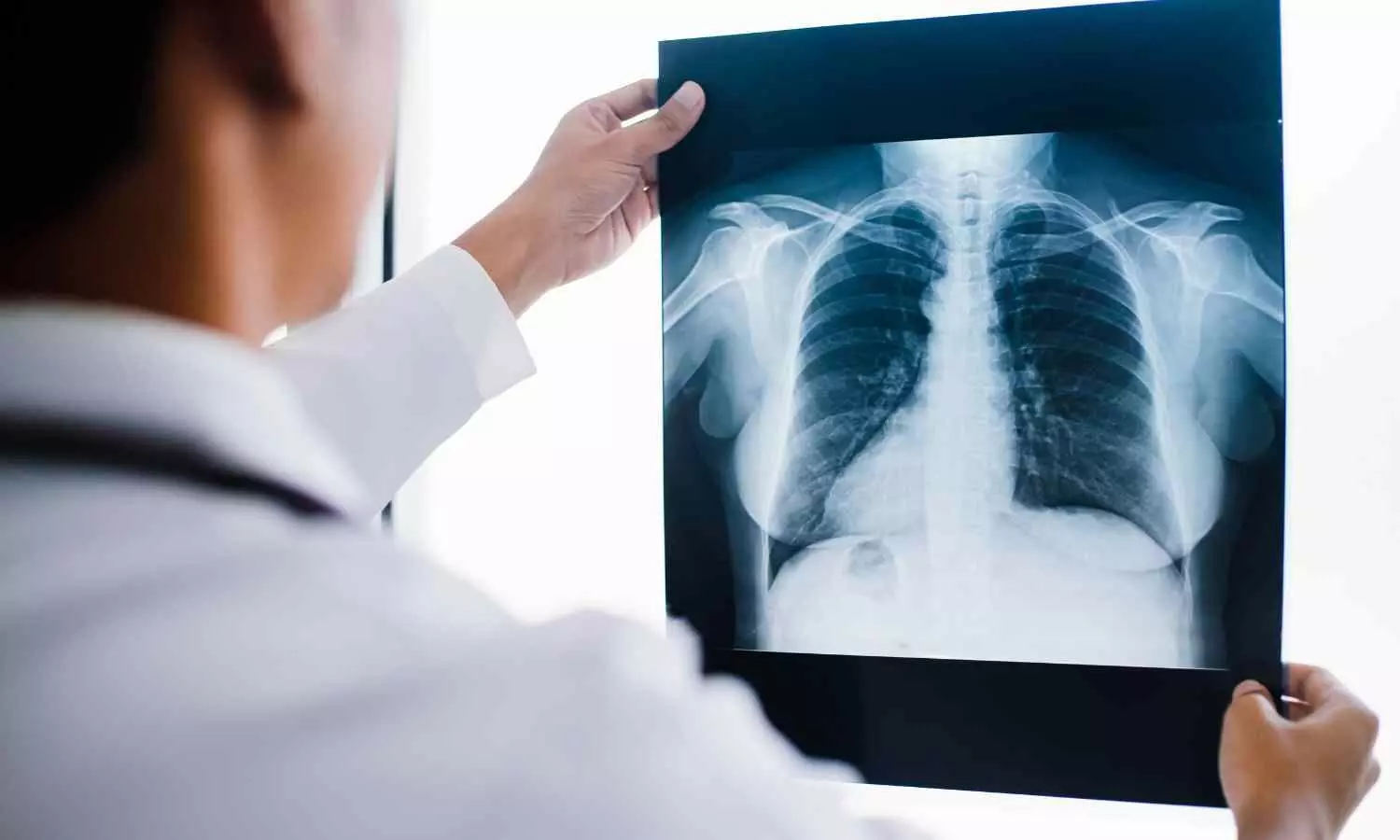
A new study published in the Journal of American Medical Association revealed that the use of diaphragm position on chest radiographs lacked the precision needed to accurately assess aerated lung volume and guide clinical decisions in infants in neonatal intensive care unit (NICU). Therefore it will be worthwhile to use a combination of clinical and diagnostic radiographic features to assess lung volume rather than diaphragm position alone.
Although it is standard procedure and advised by NICU guidelines, using chest radiographs to direct lung aeration during respiratory support in neonates has never been proven to be effective. Thus, this study was set to characterize the relationship between the infant’s diaphragm position on a chest radiograph and the computed tomography (CT) measurement of aerated lung capacity.
The Royal Children’s Hospital in Melbourne, Australia, was the site of this retrospective cross-sectional study. Infants without congenital lung pathology who had a chest CT scan within 30 days of delivery, from July 9, 2012, to December 31, 2022, were included. Analysis of the study’s data took place between December 2022 and September 2023.
CT semiautomated tissue segmentation was used to quantify lung volume, and a consistent definition was used to establish diaphragm position. The measures from the chest radiograph were unknown to all of the investigators who were examining the CT scans, and vice versa. The distribution and accuracy of the total lung volume at each of the diaphragm positions (6th-11th posterior rib) were the main results.
A total of 218 newborns (mean [SD] age, 37.9 [1.9] weeks gestation at birth; 119 male [55%]; median [IQR] age, 11 [3-20] days) had their imaging data examined. A primary cardiac diagnosis was made for 132 (61%) of the infants, whose mean (SD) weight at scan was 3055 (584) g. The diaphragm location was represented by 6 to 11 posterior ribs. Lung volume and diaphragm position were only weakly correlated (Kendall τ = 0.23; 95% CI, 0.16–0.31).
The degree of consolidation (Kendall τ = 0.30; 95% CI, 0.21-0.38), apex-diaphragm distance (Kendall τ = 0.40; 95% CI, 0.28-0.51), hemithorax (left, Kendall τ = 0.25; 95% CI, 0.15-0.34; right, Kendall τ = 0.21; 95% CI, 0.10-0.31), and Hounsfield unit values (Kendall τ = −0.05; 95% CI, −0.15 to −0.06) all showed a similar weak association. Overall, in response to these findings, the diaphragm position as determined by the number of posterior ribs on a chest radiograph may not be accurate enough for practical use as a surrogate of lung volume, even though it has long been clinically accepted.
Source:
Dahm, S. I., Sett, A., Gunn, E. F., Ramanauskas, F., Hall, R., Stewart, D., Koeppenkastrop, S., McKenna, K., Gardiner, R. E., Rao, P., & Tingay, D. G. (2025). Diaphragm position on chest radiograph to estimate lung volume in neonates. JAMA Pediatrics. https://doi.org/10.1001/jamapediatrics.2025.2108
Powered by WPeMatico

